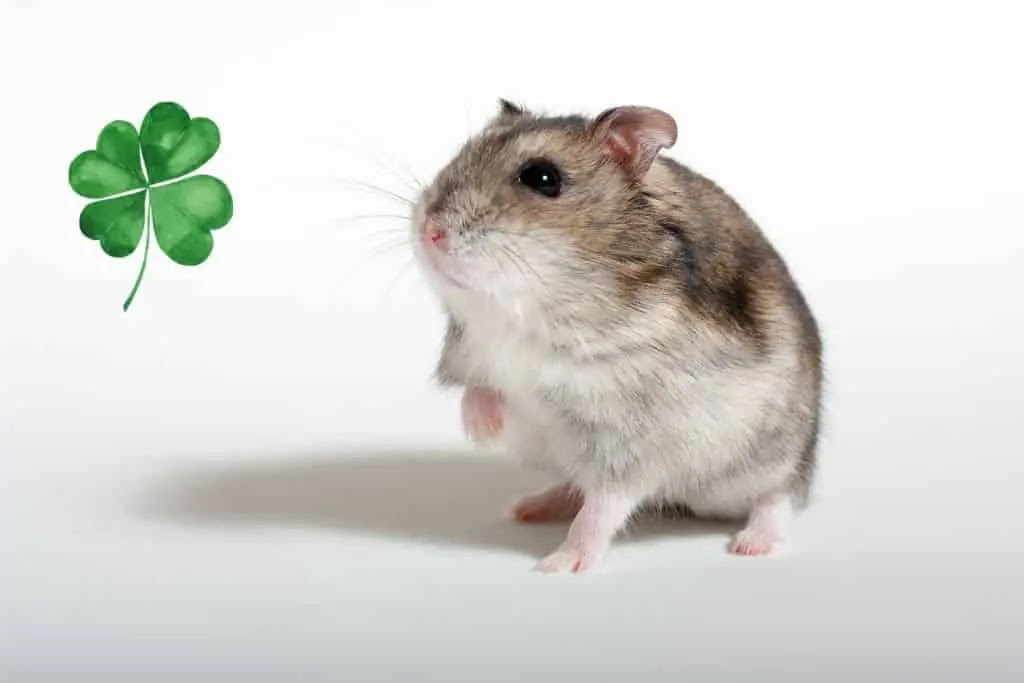Exploring the Risks: Why Tulips and Hamsters Don't Mix
When spring arrives, tulips burst forth, painting gardens with vivid colors. As a hamster owner, you might wonder if these beautiful flowers are a safe treat for your tiny companion. Let's delve into the intricate details and understand why tulips and hamsters should remain apart.
Unveiling the Tulip Tale
Tulips, with their vibrant blooms, are indeed a sight to behold during spring. But can these blossoms be a wholesome addition to a hamster's diet? Let's unfold the facts.
Decoding Tulip Components
Can Hamsters Have Tulips? The primary edible part of the tulip is its bulb, containing carbohydrates, a hint of calcium, and small doses of vitamin C. However, the entire tulip plant, encompassing the bulb, leaves, stem, and flower, harbors glycoalkaloids – compounds that can trigger toxicity.
Tulip poisoning in hamsters is primarily associated with two key toxins – tulipalin A and tulipalin B. While ingesting the bulbs poses the greatest risk, consuming any part of the plant can be hazardous.
Can Hamsters Have Tulips? A Resounding No!
In clear terms, hamsters should steer clear of tulips. The toxins present in both the bulb and the leaves/flower can be harmful if ingested. Even a few petals can lead to mouth and stomach irritation, resulting in digestive upset.
Skipping Tulips for Safer Choices
Can Hamsters Have Tulips? It's strongly advised to refrain from feeding tulips to hamsters altogether. Opt for treats that offer both safety and nutritional value for your furry friend.
The Elusive Benefits of Tulip Feeding
Can Hamsters Have Tulips? Despite the colorful allure, tulip plants provide minimal nutrients to hamsters. The potential risks associated with their consumption far outweigh any meager benefits.
While small amounts of vitamin C and calcium may be present, these can be easily obtained from other produce without the looming threat of toxicity. Choosing a diet devoid of any tulip content is undoubtedly the safer option.
Navigating the Risks
Feeding tulips to hamsters comes with a range of risks, including:
- Toxic Compounds: Found in all parts of the plant, these compounds can irritate the mouth, esophagus, and stomach.
- Bulb Perils: Ingesting the bulb poses the highest risk, but toxicity concerns extend to the entire tulip plant.
- Digestive Distress: Possible outcomes include diarrhea, vomiting, drooling, and a loss of appetite.
- Severe Consequences: In extreme cases, hamsters may experience muscle tremors, seizures, respiratory failure, or even death.
Identifying Poisoning Symptoms
Can Hamsters Have Tulips? If a hamster consumes sufficient tulips, watch for symptoms such as excessive drooling, difficulty swallowing, diarrhea, decreased appetite, lethargy, muscle tremors, and seizures in severe cases. If tulip poisoning is suspected, prompt veterinary intervention is crucial.
Portion Control is Not an Option
Can Hamsters Have Tulips? Ideally, hamsters should not ingest any part of the tulip plant. Even small portions can induce irritation, stomach upset, or other adverse effects. Safeguard your hamster's well-being by opting for non-toxic flowers or vegetables as alternative snacks.
Nourishing Alternatives and Premium Diets
Swap tulips for these hamster-friendly treats:
- Carrot Tops: A source of Vitamin A
- Cucumber Slices: Hydration boost
- Broccoli Florets: Packed with fiber and vitamins
- Blueberries: Antioxidant-rich
- Bell Peppers: Vitamin C powerhouse
- Timothy Hay: Essential for healthy teeth
Consider high-quality hamster diets such as Oxbow Essentials Hamster & Gerbil Food, Mazuri Rat and Mouse Diet, Supreme Petfoods Science Selective Hamster Food, or Kaytee Forti-Diet Pro Health Hamster Food.
In Conclusion: Can Hamsters Have Tulips? A Firm No.
To ensure your hamster's safety and well-being, completely avoid incorporating tulips into their diet. Opt for healthier alternatives, and seek professional veterinary advice if needed. Your hamster deserves a diet that's both delightful and devoid of potential hazards.



Nhận xét
Đăng nhận xét